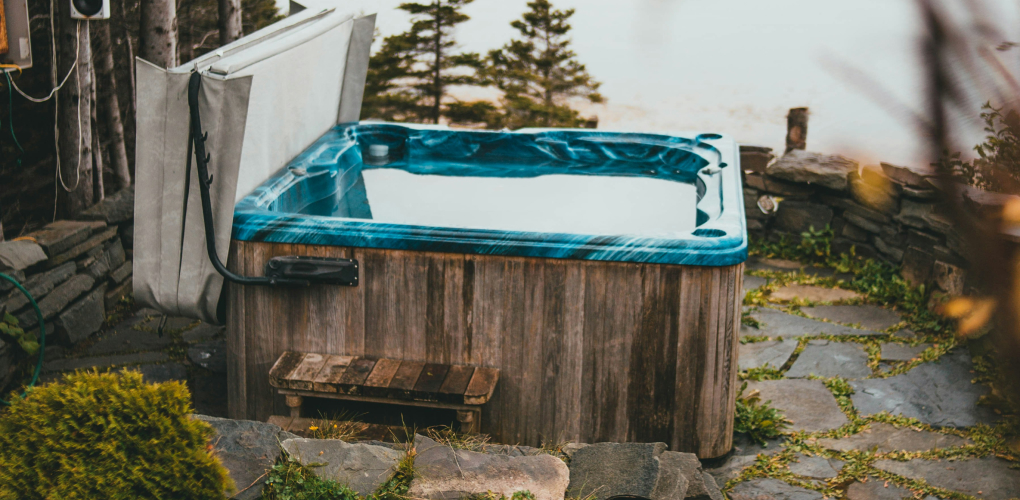
When it comes to hot tubs, the concept of 'average' energy usage doesn't quite fit. This is because the energy consumption of each hot tub depends on various factors. The amount of energy used can vary significantly from one hot tub to another, based on factors like size, preferred temperature, insulation level, and even construction materials.
A common question about hot tub operating costs is whether it's better to keep the tub running constantly or only when needed. Generally, maintaining a consistent temperature in the hot tub proves to be more cost-effective, so this means keeping it on all the time, even at night. While heating water requires more energy, maintaining the temperature of already heated water is less energy-intensive. However, this doesn't apply if you don't plan to use your hot tub for extended periods, like during the winter. In such cases, 'winterising', or completely turning off the hot tub, is the more economical choice.
A well made, insulated hot tub cover is essential to minimise heat loss from your hot tub. The cover acts as a barrier to prevent heat from escaping while it's not in use. Two advantages of having a well-insulated hot tub are reduced energy use and better control over water temperature. At Direct Hot tubs, every hot tub is supplied with an energy efficient, thick, insulated cover. Our covers can either be removed completely, or opened one half at a time for access to the water when cleaning/testing.
In addition to an insulated top cover, a floating, heat retention cover can also prove a wise investment into hot tub energy efficiency. Floating covers act as an additional layer of insulation to trap in heat.
One of the most crucial factors to take into account when purchasing a new hot tub is energy efficiency. Energy-efficient pumps and heaters, temperature control systems, and, of course, adequate insulation are features to look for. Your hot tub supplier may give you advice on energy-efficient models and go over the components that go into making them. Furthermore, if you choose a more energy-efficient model while updating your current hot tub, you may end up saving money over time.
Regular maintenance is essential for ensuring the optimal performance and energy efficiency of your hot tub. Keep the water clean and well-balanced, as dirty or unbalanced water can strain the hot tub's filtration and heating systems, leading to increased energy consumption. Additionally, regularly inspecting your hot tub's components will also ensure signs of ill performance can be spotted and sorted early, ensuring your spa maintains optimal performance and in turn, optimal energy efficiency. The best way to ensure your hot tub is running at its optimal, however, is by getting it serviced regularly. Just like your car, your hot tub is an advanced piece of machinery and requires a check over every now and then to make sure things are running smoothly. Between services, it is also recommended you check the following weekly:
Owning and running a hot tub doesn't have to be expensive. By opting for a hot tub equipped with energy-efficient features and implementing a few simple steps to enhance energy efficiency, you can indulge in the luxury of a home hot tub without significantly inflating your energy bill, or your carbon footprint.